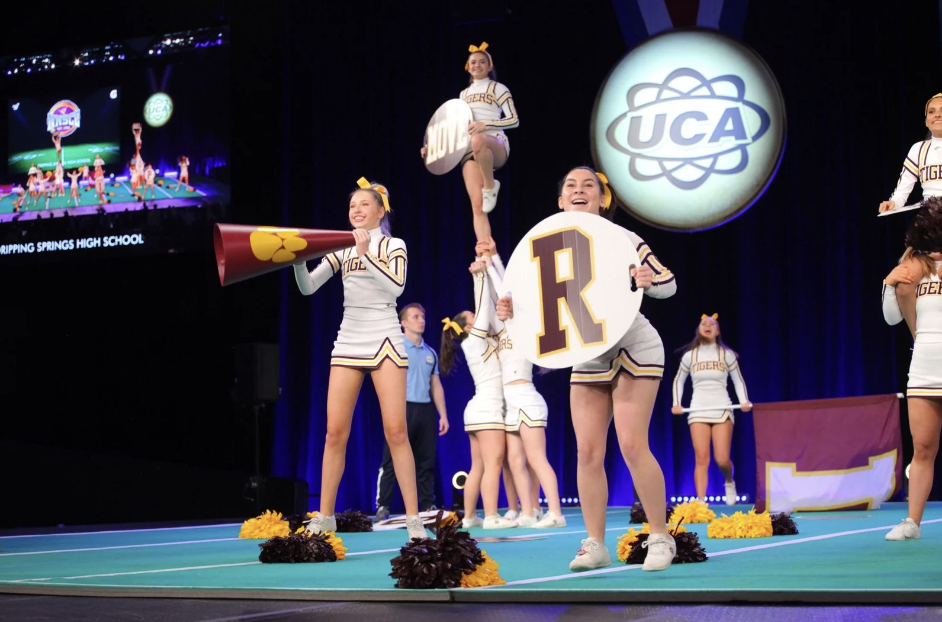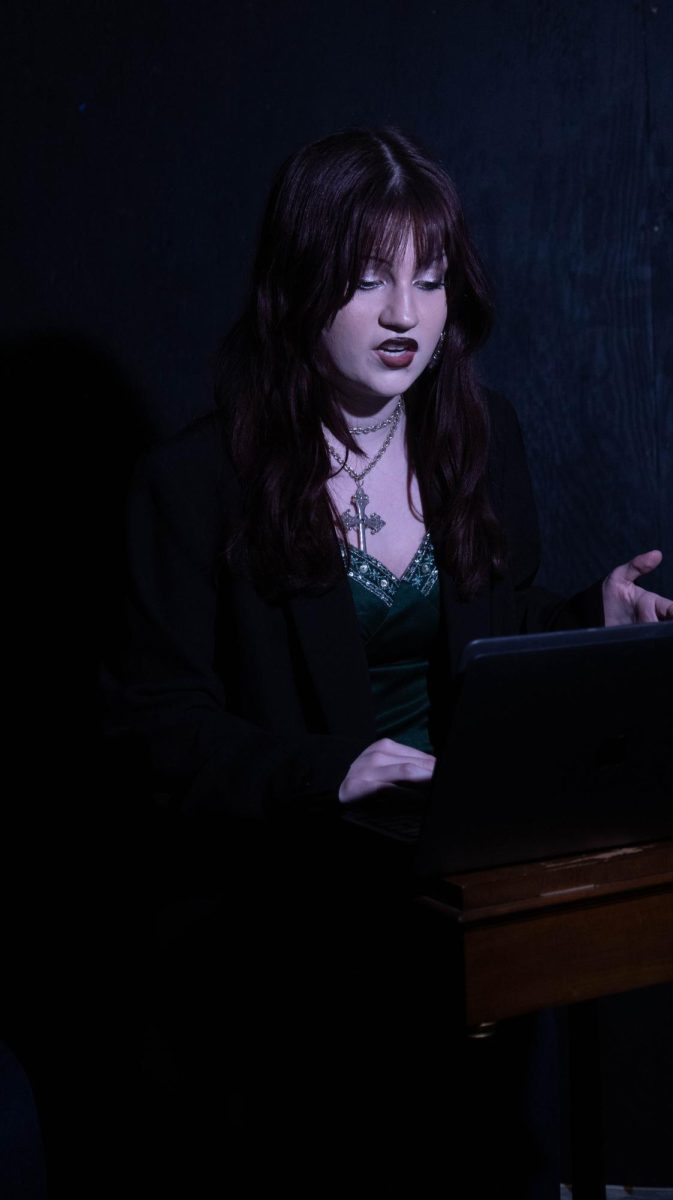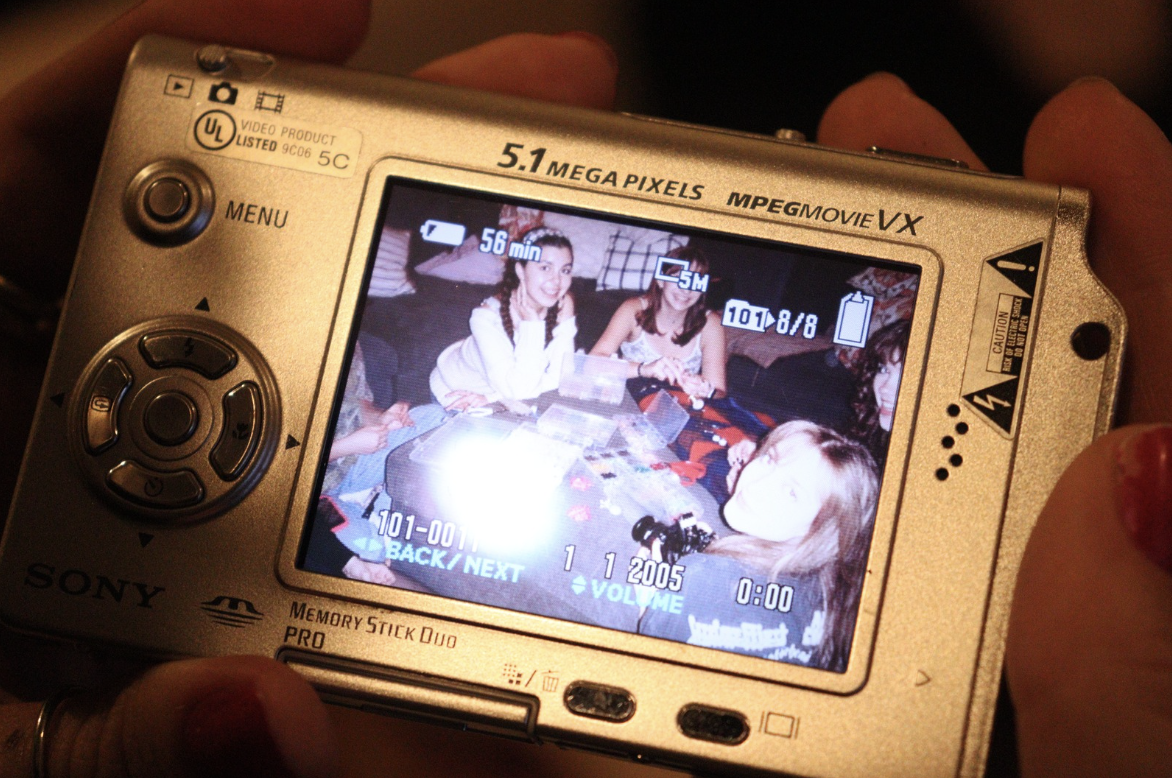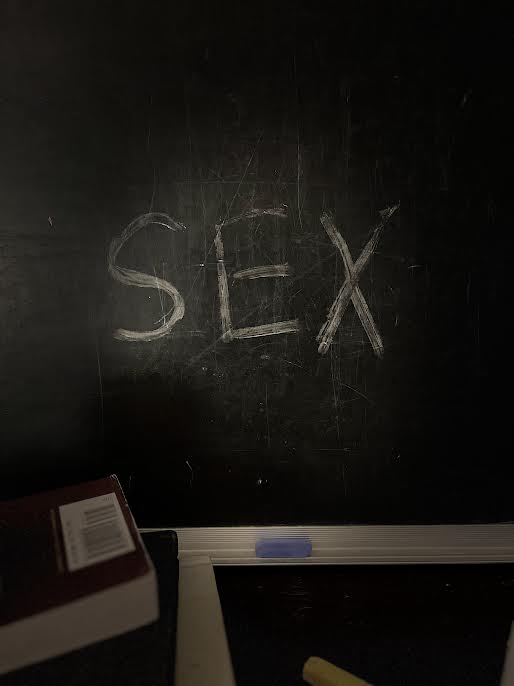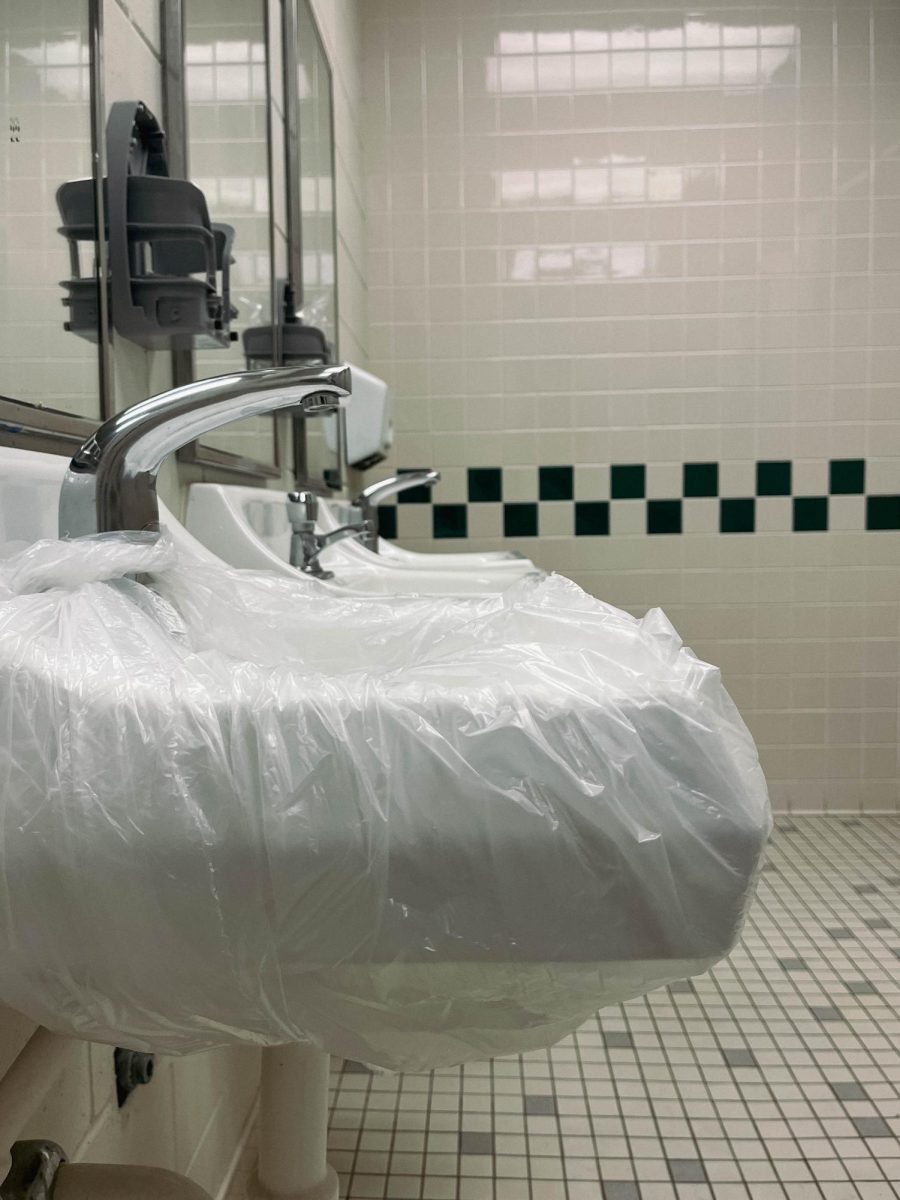According to a study done by the National Speech and Debate Association (NSDA), amongst nearly 140,000 students on the NSDA roster, a majority of 52.8% identify as women. However, female debaters empirically have a 4% higher chance of losing pre-elimination (prelim) rounds than male debaters. Many judges seem to have an inherent bias against female debaters, which materializes through ballots that contain feedback for female debaters such as “too aggressive.” These instances of unequal treatment of female debaters consequently hurt the fairness and education of Speech and Debate, as well as making the activity less worthwhile for female debaters.
“Given the fact that you have to assign a win and a loss, or rank everyone in the room based off of their performance, every inherent bias that people have is going to be emphasized,” Sophie Chapo, a 3rd-year debater and Texas Forensics Association (TFA) state qualifier for policy debate, said.
Chapo, along with her partner, Caitlyn Dorsey, participates in Policy debate, a 2-on-2 debate event, which allows them to utilize critical argumentation concerning feminism and the patriarchy in an attempt to improve the overall debate space, as well as advocate for women to feel safer within the extracurricular.
“There’s been a lot of times where people have told us that we should just quit debate because nobody cares about what we’re saying,” Chapo said. “Opponents and judges have literally told us that it sounds like we were just whining about it, that no change can actually be made.”
Sexism doesn’t only manifest in Policy debate though; it is systemically ingrained in the debate space. With most debate events, there are questioning periods, typically points of interest or cross-examination, in which both teams are allowed to speak directly to one another in order to gain an advantage within further speeches. These periods exist in Lincoln Douglas (LD), Public Forum (PF), Policy, as well as World Schools debate.
“I do World Schools, I have done LD and extemp, and I have dabbled in Policy,” fourth-year debater and three-time TFA state qualifier, Alexander Seshan, said. “I think that not everyone understands that there are certain parts of debate that are definitely very hard for women specifically… A lot of events with these cross-examination periods end up with toxic masculinity.”
These periods are highly influential to the outcome of a round, and oftentimes end up in the favor of male debaters, even under circumstances in which debaters of both genders articulate their argumentation in the same way. This is due to the fact that, even in spaces outside of debate, men are encouraged to be more outspoken and receive more consideration towards their opinions than women, which then manifests in controlled arguments.
“It’s not that women can’t be dominant in a debate, it’s [just] more socially acceptable for men to be dominant in a debate,” Seshan said.
Sexism in speech and debate isn’t a new phenomenon, sexism has been prominent since the dawn of the NSDA. Historically, sexism has been implemented in the regulation of the NSDA. In 1985, the speech event of extemporaneous speaking (extemp) was divided into a men’s division and women’s division.
“There were a lot of people who wanted extemp to be changed so that the boys and girls could compete together because they said there was no reason not to do that,” Barbara Brawn, state champion of the final year (1986-1987) of divided extemp leagues said. “And there were other very strong voices saying that that’s not fair to the girls, because girls can’t think on their feet, and girls can’t possibly compete against boys.”
This division of leagues sparked much controversy in the extracurricular due to the lack of reasoning behind the choice to separate. It fostered the belief that female speakers were innately inferior to male speakers, which continues to be seen in the modern state of Speech and Debate.
“It all came to a head at a TFA conference, and my coach heard that and swaggered down to the front of the room and said, ‘What is the matter with you, are you afraid of us?’” Brawn said.
The shift in the state of gender disparity in Speech and Debate emphasizes the necessity of increasing accessibility to the extracurricular. Addressing this issue would allow for more productive and educational discussion between participants, while also providing an equal opportunity to each debater.


